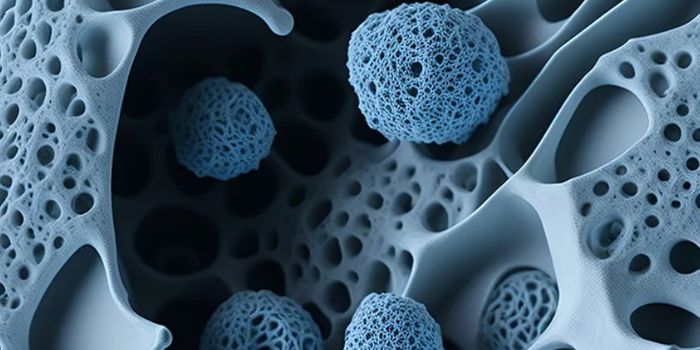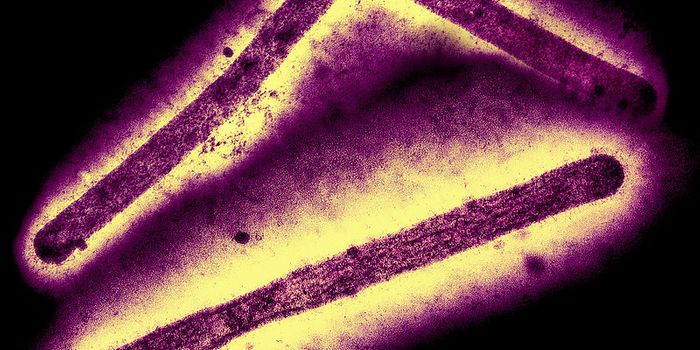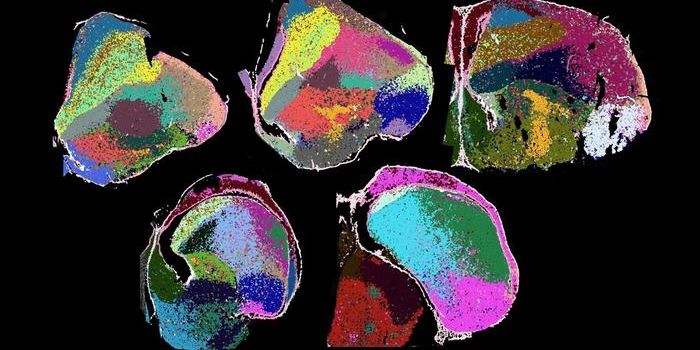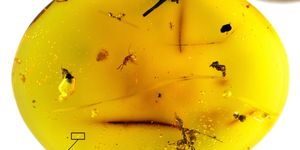Disordered Protein Interactions are Crucial Transcription Regulators
Even if the genome of an organism is free of any damaging mutations, the activity of genes has to be controlled very carefully. Both the timing and intensity of gene expression matters, and for some genes, there could be serious consequences if genes are not properly regulated. Cells have several systems in place to control gene expression, and now scientists have identified a new one. Reporting in Science, researchers found that protein complexes that are intimately involved in the transcription of proteins are also working to regulate gene expression in a detailed way.
“Most previous studies have focused on particular cellular components that turn genes completely on or off,” said co-corresponding study author Dr. H. Courtney Hodges, an assistant professor at Baylor College of Medicine. “Our work reveals a new perspective; that the proteins that regulate the rate of gene expression also can work collectively to finely tune expression levels in many different settings." These proteins are playing a major role in health and disease, Hodges added.
Proteins can be large and complex three-dimensional structures. There may be features inside of proteins called domains that can function and fold in an independent way. This research team has been studying portions of proteins called TFIIS N-terminal domains (TNDs). TFIIS is an elongation factor that encourages gene transcription.
The researchers searched for TNDs and found that they were common and were present in the cellular machinery that controls a process called transcription elongation, which is one of the first steps of human gene expression, said first study author Dr. Katerina Cermakova, a postdoctoral fellow in the Hodges lab. "Once you look for them, you find that all the important protein complexes involved in transcription elongation have a TND or bind a protein that has one.”
TNDs might be helping the parts of other proteins to dock, especially in the case of proteins without a fixed structure called as TND-interacting motifs (TIMs). While many proteins have to assume a very specific structure, some have portions that seem disorganized and dynamic.
A region like that may seem to float around wildly until it identifies a binding partner, at which point it curls and latches tightly to a TND, keeping it close, explained co-corresponding study author Dr. Vaclav Veverka, a structural biologist at the Institute of Organic Chemistry and Biochemistry of the Czech Academy of Sciences. This study suggested that such an interaction is crucial to gene expression's early stages.
The investigators determined that TNDs and TIMs would link up in a 'test tube' environment, then they confirmed that it was happening in live cells. They also showed that the relationships between TNDs and TIMs are very specific.
When the researchers disrupted just one unstructured region of protein, there was a significant disruption of the expression of many other genes. Gene expression would start, then pause, and could not finish. This process seems to be crucial to maintaining normal health.
Sources: Baylor College of Medicine, Science









